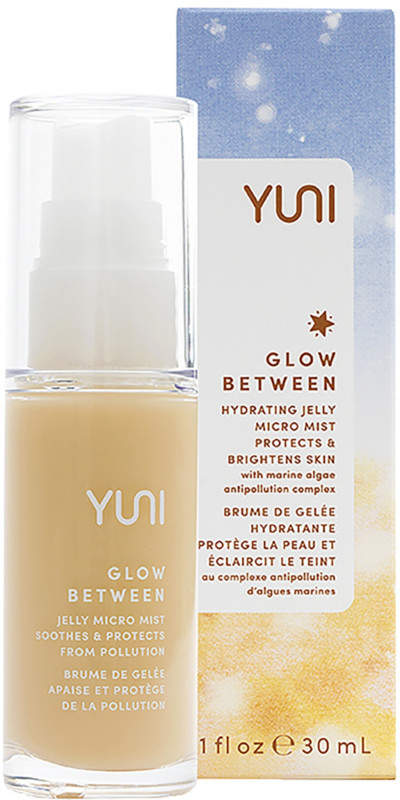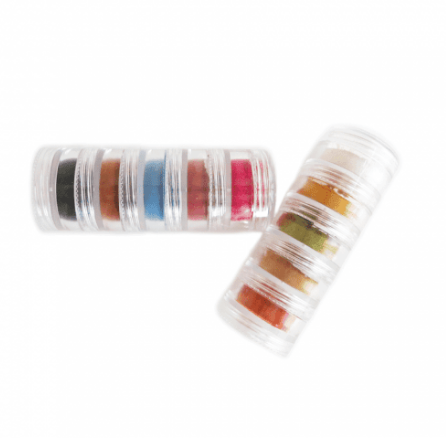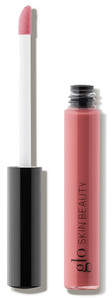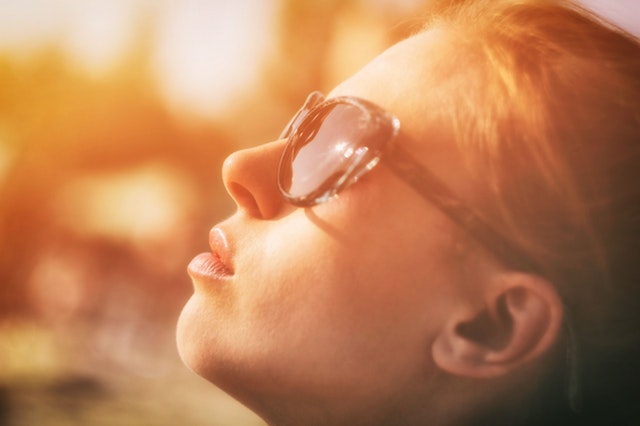When we talk about makeup ingredients, we’re often thinking natural, nontoxic, cruelty-free, and potentially palm oil-free. But there are other ingredients to consider, the main one being a material called mica.
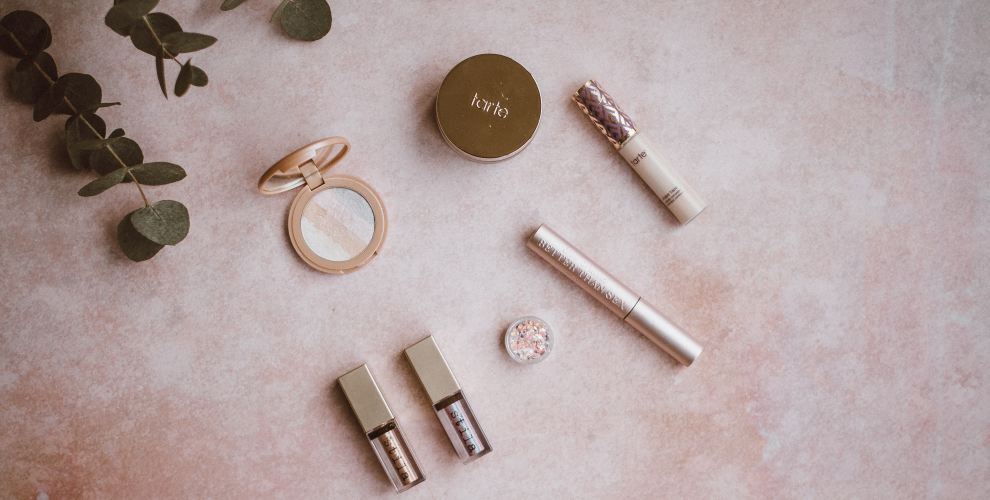
A version of this article previously appeared on Ethical Unicorn.
What is mica?
Mica is a family of minerals from the silicate class, the most common minerals found on earth. It comes in different colors but essentially looks like a very shiny type of rock (it can often be used as fool’s gold). It’s very likely you’ve seen or used mica multiple times before, as it’s well sought after for its ability to make things glitter. Humans have used mica to make paint sparkle for centuries, but nowadays it’s especially common in cosmetics. If products such as your eyeshadow, lipstick, or blush have some shimmer to them, they probably contain mica.
Where does it come from?
While mica can be found across the world, India holds a strong monopoly, making up 60% of global mica production. More specifically, the states of Jharkhand and Bihar in Eastern India account for roughly 25% of the global mica production, but both of these regions are rife with poverty. According to research published in 2013, 36.9% of the population in Jharkand and 33.7% in Bihar live below the poverty line, which means that slavery can easily enter the supply chain. Children become vulnerable as poverty drives them to seek work so that they support their family, while quarry owners also use high interest rate loans and violence to enslave families for generations. Child labor is especially pervasive in India’s mica mining business and a huge amount of India’s mica production is unregulated, with the country ‘officially’ producing around 15,000 tonnes of crude and scrap mica a year but exporting 130,000 tones in 2011-2012.
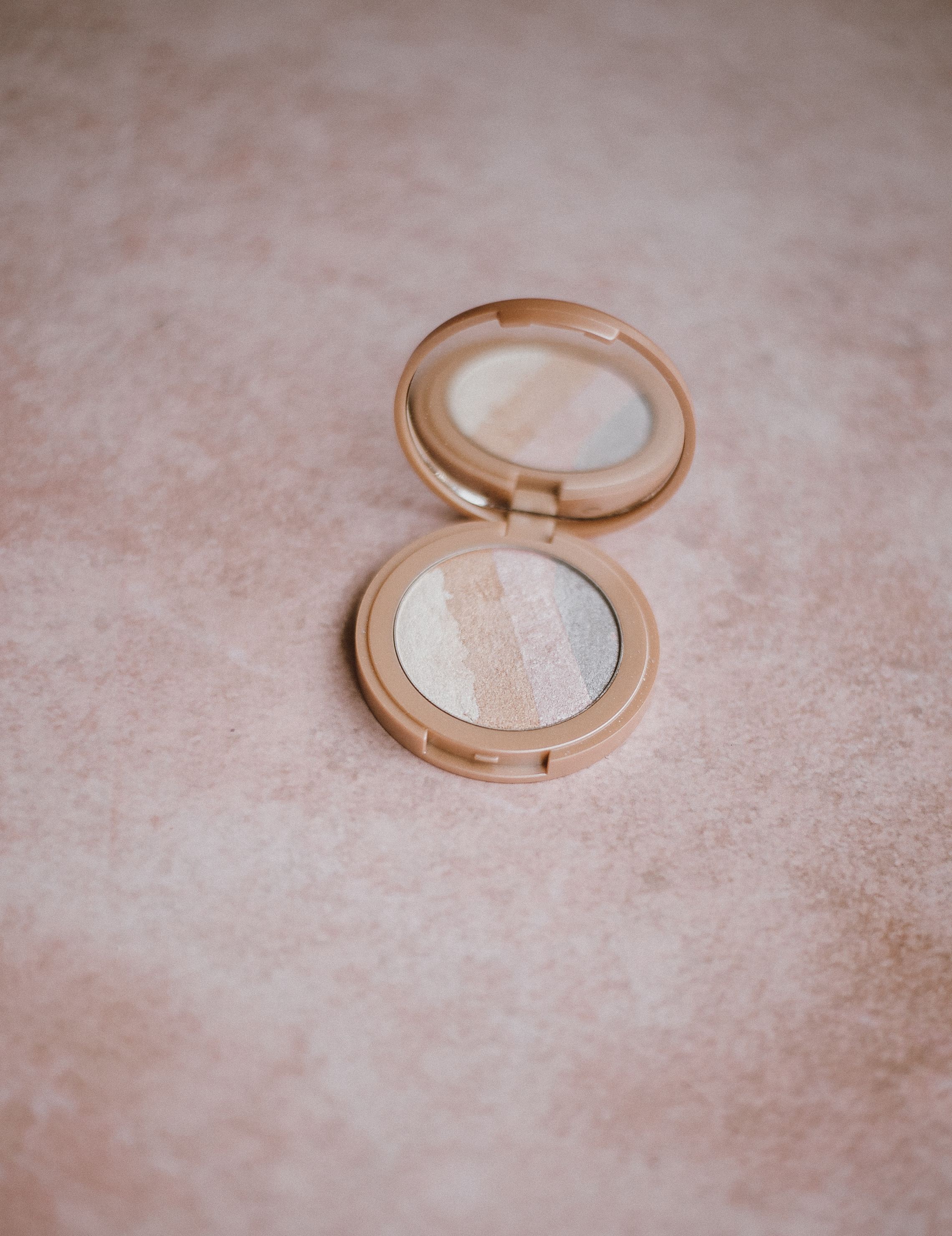
What mica mining looks like
‘Up to 20,000 children are estimated to work in the mines, around 90% of which are illegal, according to a recent report by NGOs Terre des Hommes and SOMO.’ (source)
While it’s illegal for anyone under 14 in India to be employed in mining, children as young as five have been found working in mica mines. Despite the fact that one kilogram of mica can be sold for $1,000, these children earn as little as 77 cents per day. They do jobs such as chiseling for mica with hammers in mine shafts that often collapse, smashing large chunks of mica into smaller rocks in order to break it up, and carrying baskets of rocks to the top of the mines to sort through their contents. They are put at risk of snake and scorpion bites, and they suffer cuts, skin infections and respiratory illnesses such as bronchitis, silicosis, and asthma. It’s estimated that 5-10 children die each month in mica mines, alongside even more adults.
“Mica mining in India is tainted not only by child labor but also by debt bondage of adult workers and businesses must realize the risks that these practices pose to their supply chains,” says Aiden McQuade of Anti-Slavery International. “The industry should work to ensure that adults are paid living wages and not in debt bondage, so that they don’t send their children to work in the mines”…
“Mica is not a problem, nor is mica mining,” says Liz van Velzen of child relief agency Terre des Hommes. She explains that mica extraction—done responsibly—can help lift entire populations out of poverty. “If the mining companies would pay living wages and make sure working conditions met international standards, parents would be able to work safely and earn enough to provide for their families and send their children to school.” (source)
Makeup brands that use mica
According to research center DanWatch, twelve out of sixteen international cosmetic companies don’t disclose where their mica comes from, but seven of them support standards that include combating child labor according to their official communication. The problem, as always, seems to come because mica is often sold to middlemen who do business with these larger companies. This gives cosmetics companies the ability to not be directly in contact with any child labor or slavery, in the hopes that no one will notice or that they can say they had no idea if people do. Brands that have been linked to India’s mica mines include Estée Lauder, MAC, Rimmel, Bobbi Brown, Clinique, Too Faced, Schwartzkopf, Intercos, Sun Chemicals, Tesco, Asda, BMW, Vauxhall, and Audi (as mica is also used to make glittery car paint). However one of the most notable is the world’s largest cosmetics company: L’Oréal.
L’Oréal, who owns Maybelline, Lancôme, Garnier, Yves Saint Laurent Beauty, Kiehls, Urban Decay (a very well known cruelty-free brand) and more, buys mica through intermediaries such as the German company Merck and the Chinese company Kuncai. These companies are known as the biggest buyers in the area (and supply to the other companies listed above), and regularly source unethical mica:
‘Merck confirm in the article that they were aware of the use of child labour despite contractual obligations from suppliers not to employ children. The company said that further monitoring along the supply chain was very difficult, adding, “especially since these areas are considered not safe.”
Joanna Ewart-James, Anti-Slavery International’s Supply Chain Co-ordinator, said: “It is disappointing that Merck knew about the existence of child labour but appears to have done little to address it. This case demonstrates that contractual requirements not to use forced or child labour are insufficient and offer no guarantee that neither exists in a company’s supply chain.” (source)
Needless to say, the beauty industrial complex is a powerful juggernaut with billions of dollars at its disposal. But what moves the needle here is no one other than us, its consumers. Think back to what happened with palm oil and animal testing: within just a few years, policy-driven and business-driven responses have made waves on both fronts, largely due to consumer awareness. Patronizing brands that don’t use—or ethically source—mica is going to make the cosmetics giants sit up and take notice.
Makeup Brands That Don’t Use Mica (Or Ethically Source Their Mica)
Yuni Glow Between Jelly Micro Mist, $25, contains ethically sourced mica and marine algae extract to protect against environmental stressors and pollution
Raw Pigments for eyes and cheeks by Haut Cosmetics, CA $34.50-$59-50. Not only are these mica-free, the entire Haut collection is based on wildcrafted minerals and pure Canadian glacier clay. If you are interested in a cruelty-free, vegan makeup brand that is free from a myriad of harmful ingredients and synthetic dyes, this is it.
Glo Lip Gloss, CA $28, is a great option that gets its shimmer from ethically sourced mica. The Canadian brand is PETA-certified cruelty-free and follows strict labor and sustainability standards along its supply chain.
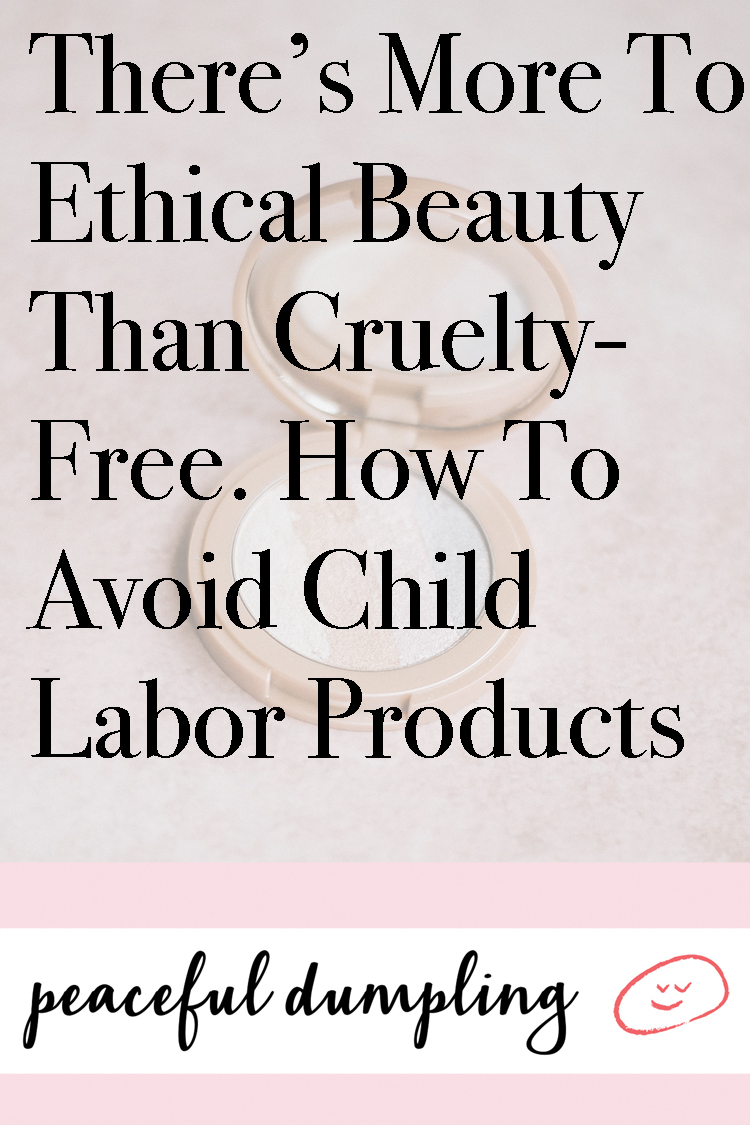
Also by Francesca: Is Your Chocolate Ethical? The Shocking Story Behind Your Favorite Treat
Related: Celeb Makeup Artist Lisa Eldridge Says #BuyNothing & It’s A Breath Of Fresh Air
7 Vegan and Palm-Free Beauty Brands
Get more like this—Subscribe to our daily inspirational newsletter for exclusive content!
This article was first published on March 22, 2018 and most recently updated on September 23, 2019.
__
Photo: Annie Spratt via Unslpash

